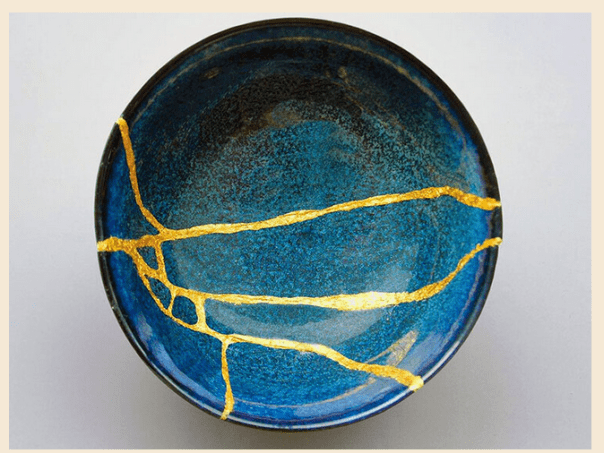By Cynthia Wands

I’ve been writing a script about the Covid Years. In blissful ignorance when I started writing it over a year ago, I thought we would have a time when we were done with Covid Years. And looking at the Los Angeles County numbers, and the consensus of friends who have recently traveled and returned home: the Covid Years are not done yet.
This Tarot Card speaks to me about vigilance and illusion, apprehension and prudence. All those things you carry around with you when you’re a caretaker for someone who won’t survive getting Covid. So far, in these years of compliance with vaccinations and masks and preventive measures: we haven’t had Covid in our house. But we are aware that we still live in this time of friends and loved ones getting really sick, and suffering because of this virus.
So I wanted to share something – tiger-like. Here’s a wonderful speech given by Steven Dietz. It spoke to me about the need for clear vision and motivation in the years ahead for playwrights. Here is part of it:
The following is a version of a speech playwright Steven Dietz delivered to the board of Merrimack Repertory Theatre in May, and, more recently, to the board and long-time supporters of ACT in Seattle.
The hardest conversation I have with avid and gifted MFA playwrights starts when I tell them that there is not a place in the field waiting for them. Despite many theatres’ commitment to new work, there is not really a sacrosanct “space being held” or “set aside” for the new play we did not expect. That space must be won. A new play must make a place for itself. It must contrive, coerce, crowbar its way into our theatrical consciousness. A new work will never get an invitation to join the canon; it will more than likely get the cold shoulder, since we already have plenty of plays, right? A new play must trespass in the field. It must insist on being present. We were not “waiting for” How I Learned to Drive, or Execution of Justice, or Anna in the Tropics, or Joe Turner’s Come and Gone. They crashed the gate. And they are never going away.
The American theatre is not full. It is hungry. American audiences are not full. They are hungry. “Hungry for what?” you may wish to ask them. Oh, it is extraordinarily tempting to want to ask your audiences what they want!
Don’t do it. Really. In my opinion, it is not the job of our audience to articulate what is missing in the theatre. That is our job—yours and mine. Furthermore, I venture to say no audience member could have envisioned, much less could have articulated, the need for Until the Flood, The Whale, 4000 Miles, or Cambodian Rock Band. These plays insisted on being present. Who, really, could have called up their local theatre and requested a play in which a gay couple and a Mormon couple collide in Reagan’s America with the worlds of Roy Cohn, Ethel Rosenberg, Valium, AZT, the Kaddish, imaginary Antarctica, and an angel who crashes through the ceiling? Tony Kushner’s Angels in America was completely unimaginable…until it became fully indispensable. With the crucial support of our artists, leaders, boards, and audiences, these plays—and many others—created a prominent and lasting place for themselves in both our art form and our public consciousness.
Many things have gotten easier to generate over the last 40 years—especially as it relates to technology, data, communication. Not new plays. The process of making them remains expensive, inefficient, time-consuming, unpredictable, and often remarkably maddening. And yet, it remains our job—yours and mine—to champion this process; to advocate relentlessly for the new, to push forward the odd and the bold, the unexpected, untried, and unreasonable. History has shown us that it is the play we cannot yet imagine that will one day make itself necessary to us.

























